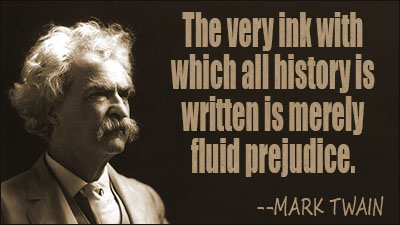I’ve been squirrelled away, editing. Editing. Editing. Once in a while, I come up for air or a tea. Then back to it. Then take a walk. Cook dinner. Back to it.
Everyone has their own writing techniques, and over the course of my career, I’ve tried most of them: I’ve outlined a plot and characters to a T; I’ve written out scene cards on post-its and rearranged them until I had the story down. But my tried-and-true method is to open a Word document and make use of their post-it function (that’s what I call their review/comment function), then type out 10 scenes that cover the arc of the story. After that, I toss my characters into the room (parameters of the scene) and let ’em loose. That comment function is worth its weight in gold, as I can slice out something and pop it in a comment off to the side, move it, scrap it, or take out the core and put it somewhere else. I can put reminders to check continuity in there, along with plot development thoughts, what-ifs, alternatives, etc. and try them out whenever it’s time, then delete them and move on. I tried the popular Scrivener program once, and it ate a manuscript for lunch (fortunately, I’d saved a Word version!)! Besides, I’m more organized than that program will ever be!
In my current manuscript, which is science fiction, I tossed the characters on an alien planet (a character in its own right) and let them figure it out. As they talk and move through the scenes and through time, they ripen and develop into full characters with a deeper story as a result. But that can also result in a chunky manuscript, that then needs to go through the toning process – cutting away the excess fat of characters, scenes, and dialogues and making them lean… in the film industry, it’s called the “cutting room floor” process. And that’s the current stage I’m in. When I started out, I had no idea how I’d reach my goal: My starting point, which was the completed manuscript in December last year, was a whopping 148K! My end goal, with a marketable science-fiction range of 100-115K, was over a few hills. But every journey begins and ends with small steps. I started going through my usual edit/proofing list, and I’m now in sight of the goal, just under 117K, and I’m not done yet. The trick is taking off my writer’s cap and putting on my editor’s hat; that means letting go of favourite scenes, plot points, and even characters when necessary. If it doesn’t serve the main- and sub-plots and character development, then out it goes. My husband, who was once a black belt in Lean Six Sigma, has called it my “lean sigma process”.
Sometimes I feel like this squirrel… and that’s where that comment function comes in handy again!
So… I’m off to make myself lunch, then dive back into the editing. I’ll reach my goal, with a comfortable margin, within the next week!
If you’re a writer, what is your approach? Copious amounts of pre-notes and hundreds of questions to develop characters and plot in your mind, or winging it? Please spill the beans in the comments below!



 Recently I was watching a history documentary series from BBC called, “British History’s Biggest Fibs”, with Lucy Worsley. The basic point of the series is that history is subjective; whoever wins gets to name the battles, and shape future generations’ perceptions about events; the victor gets to smooth over their own weak points and play up their heroism for posterity. PR and spinning a good yarn helped to shape how reigning kings were perceived and toppled, or usurpers could style themselves as “successors”.
Recently I was watching a history documentary series from BBC called, “British History’s Biggest Fibs”, with Lucy Worsley. The basic point of the series is that history is subjective; whoever wins gets to name the battles, and shape future generations’ perceptions about events; the victor gets to smooth over their own weak points and play up their heroism for posterity. PR and spinning a good yarn helped to shape how reigning kings were perceived and toppled, or usurpers could style themselves as “successors”. In this illustration from Marvel’s Avengers film series, the camera angle chosen gives much more of an adrenaline rush than, say, if you were passively watching from off to the side; the fact that the arrow’s flying straight at you gives the scene that extra “kick”.
In this illustration from Marvel’s Avengers film series, the camera angle chosen gives much more of an adrenaline rush than, say, if you were passively watching from off to the side; the fact that the arrow’s flying straight at you gives the scene that extra “kick”.



 Elmore Leonard, best known for countless novels and their film adaptations, such as Get Shorty, Jackie Brown and Out of Sight, was known for this gritty writing style and strong dialogues.
Elmore Leonard, best known for countless novels and their film adaptations, such as Get Shorty, Jackie Brown and Out of Sight, was known for this gritty writing style and strong dialogues.

